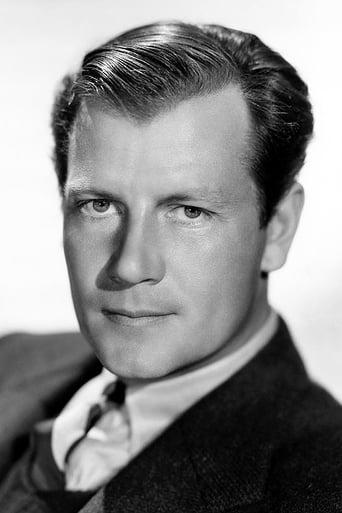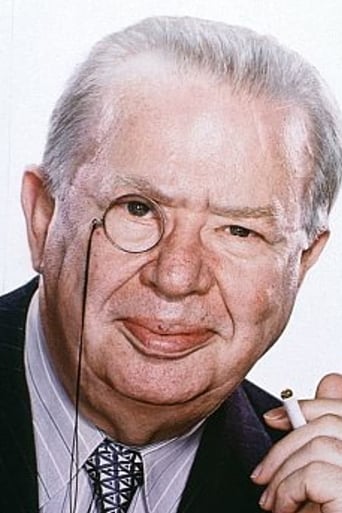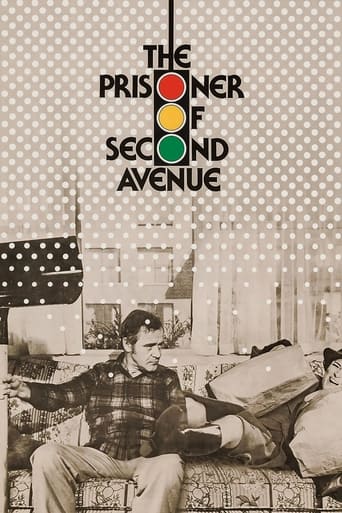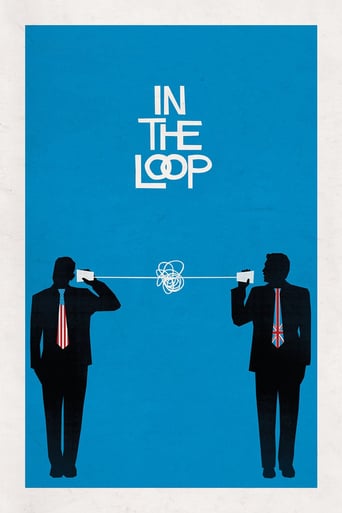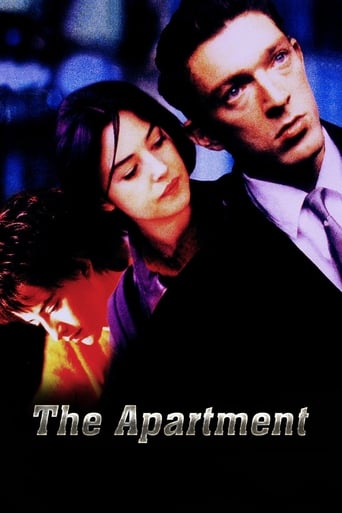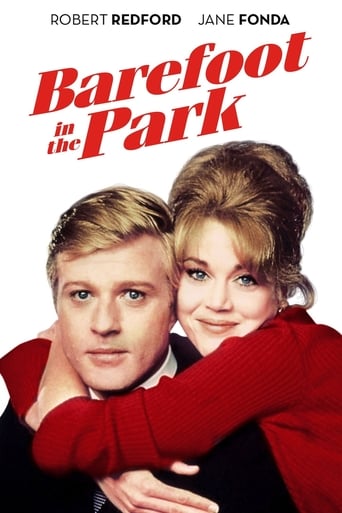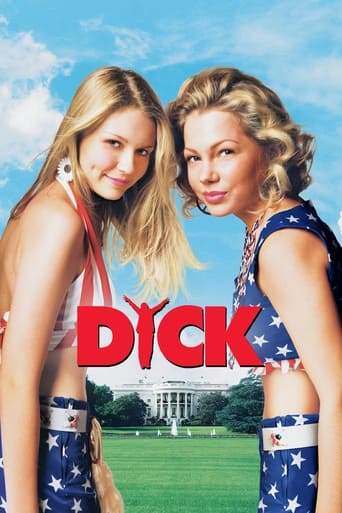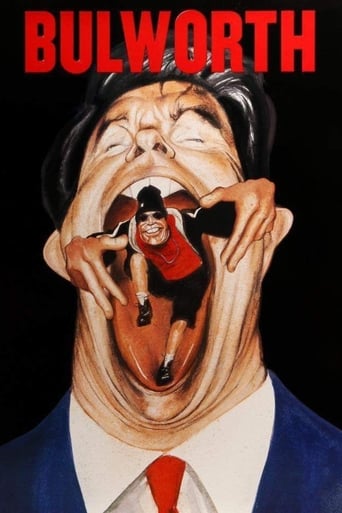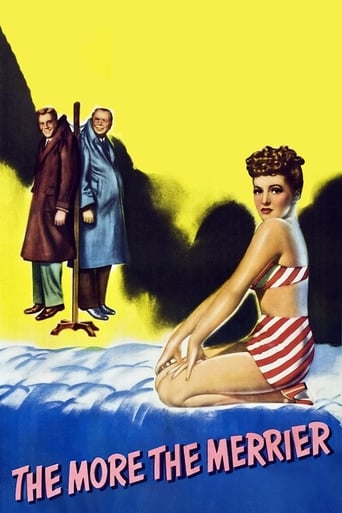
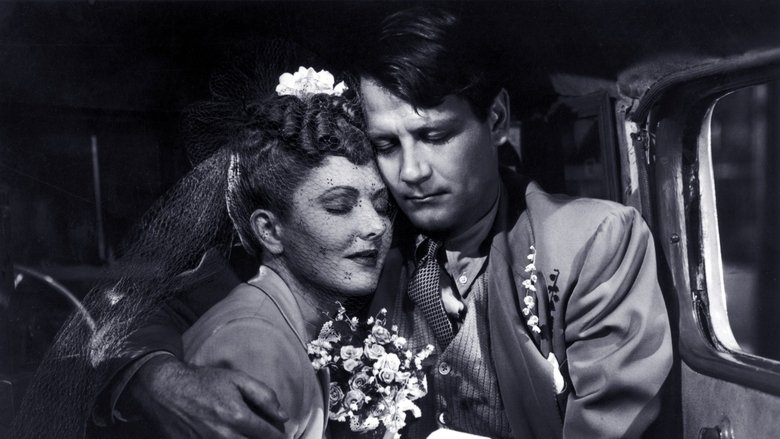
The More the Merrier (1943)
It's World War II and there is a severe housing shortage everywhere - especially in Washington, D.C. where Connie Milligan rents an apartment. Believing it to be her patriotic duty, Connie offers to sublet half of her apartment, fully expecting a suitable female tenent. What she gets instead is mischievous, middle-aged Benjamin Dingle. Dingle talks her into subletting to him and then promptly sublets half of his half to young, irreverent Joe Carter - creating a situation tailor-made for comedy and romance.
Watch Trailer
Cast


Similar titles
Reviews
"The More the Merrier" is set in Washington, D.C. smack dab in the middle of World War II. The housing shortage of the time and place sets up the plot for this wonderfully funny movie. Jean Arthur is Connie Milligan who does her patriotic duty by advertising to share her apartment. Charles Coburn is Benjamin Dingle, a businessman who arrives in the city two days early for some government business and finds no hotel space. He weasels his way past a long line of people waiting to see Connie about her apartment, and convinces her to accept him. While Connie's off to work the next day, Dingle rents half of his half of the apartment to a young man, Joe Carter, played by Joel McCrea. One can guess where this story will go as Dingle plays cupid and matchmaker for Connie and Joe. But the humor is over the top funny as the trio go from situation to situation. There are scenes with little or no dialog that resemble slapstick one would see from the Three Stooges or Laurel and Hardy or Abbott and Costello. A small supporting cast contributes to the fun, but this film is mostly a three-person show. While Connie and Joe are excellent in their roles, it is Coburn's Dingle who is the heart of the comedy.Coburn has never been funnier. This second lead and top supporting actor didn't arrive in Hollywood until he was 56. But over the next nearly three decades he made almost 100 movies. He played dramatic roles, in historical and biopic films, and others; but his forte was comedy. In most instances he was a straight man, or a stern character with clever repartee. Never was he funnier than in this film. And, I can't recall any scenes in his many films in which he smiled, but he gives a huge ear-to-ear grin in this film. Coburn was most deserving of the Oscar he won as best supporting actor in "The More the Merrier." This was the first Columbia movie to be held over by theaters across the nation. It was an obvious hit with audiences in 1943, and it should continue to delight people of all ages these many decades later. Besides the comedy of the three leads, this film gives a glimpse of life in the American capitol during WW II. That is, a glimpse of the social life. Washington then was known for its ratio of eight women to one man. The film scores that point with a little humor as well with a couple of scenes. In one, a line of women whistle and gawk at a man who walks by. And in a restaurant scene with Connie and Joe, some women are dancing together, and when Connie goes to powder her nose, Joe is immediately surrounded by a bevy of beauties. It may be hard to imagine a sudden huge housing shortage in any city today. But the situation in Washington, D.C. was very real during WW II. Two factors contributed to it. The number of government employees increased dramatically to staff the many new offices and jobs related to the war. And, droves of single women were arriving to replace men who left every kind of job imaginable to go off to war. The families of the men who went off to war were still there in their homes. So, new housing had to be found for those moving into the area. The Good Housekeeping magazine issue of January 1942 had a feature article about the "government girls." The article said, "There's a new army on the Potomac – the bright-eyed, fresh-faced young Americans who have poured into Washington from remote farms, sleepy little towns, and the confusion of cities, to work for the government in a time of national emergency."The article noted that these young women went to work in crowded federal buildings, instant offices created in warehouses, apartment buildings and wartime temporary office buildings tossed up on the Washington Mall. Besides the mushrooming numbers of office jobs for women that the war brought, women replaced men in the local service garages, in the utilities jobs, pumping gas, driving trucks, delivering mail, etc.Those who have lived near or visited the U.S. Capitol know how beautiful the Washington Mall is. Just imagine that toward the end of WW II, more than two-thirds of the Mall was occupied with office buildings. Temporary structures filled the mall along Constitution and Independence avenues. And, the park below the West side of the capitol building was filled with buildings. Only the narrow strip with the Washington Monument and reflecting pool remained open and one could see the narrow park strip from the Capitol west to the Lincoln Memorial. After the war, some of the temporary buildings remained for decades. Some were still there when I worked in the nation's capital in the 1970s. I think the last of the temp buildings were torn down by about 1980. Of course, more permanent buildings had been built over the years to house the larger government that continued to grow even after the war years.
I guess "Gone With the Wind" set the precedent for scare tactics to lure audiences using evil guttural utterances. Pish posh, in your dreams friends. This film was a dreg.I've had many male roommates and of course this led to many romantic opportunities but as a business arrangement, I NEVER went there, and at times this was eXtremely difficult, but rules are rules. And let me tell you these gents were not of the wooden unemotional daft Joel McCrea types.I had a hard enough time with "Walk Don't Run" but I soldiered through this first installment with grit. The "Schedule" routine was tedious but gave it some slack thinking the payoff would be forthcoming. Not the case here folks. This farce is dreadful at every turn. The split screen tactic in the bedroom may have it's foundation here but guess that's where the creativity ends.Perhaps if there were more sightseeing tours of DC in the 40's it could save the day? I guess I could recommend to round out your collection of Arthur, Coburn and McCrea. But not likely.... Big Sigh!
The World War 11 housing shortage in Washington, D.C. served as the basis for this rousing 1943 comedy.Both Charles Coburn and another guy soon share an apartment with the perky Jean Arthur, who is engaged to a diplomat.Arthur, a perfectionist, has a working schedule that just doesn't work out and Coburn was so hilarious in those scenes that he was rewarded with a best supporting actor Oscar for the year. Amazing to me that he was able to win in a year with Akim Tamiroff in "For Whom the Bell Tolls," and Claude Rains for "Casablanca," were both in the running.As the other guy, who Coburn rents out his apartment to, Joel McCrea gives a restrained, quiet performance as the guy who quickly falls for the Arthur character.The ending might be somewhat inane, but the fine direction by George Stevens, and the characters themselves, blend for a memorable film.
This is a good comedy which is a period piece but works very well due to the talents of the cast. Jean Arthur is delightful in this doing the type of comedy she was born to do. Charles Coburn won a Deserved Oscar in support as Mr. Dingle who seems to have his nose into everybody's business.Joel McRea is out of the saddle here. His sequences with Jean Arthur seems to have some real spark and he seems a perfect straight man to her. George Stevens does a fine job handling the cast with support including Grady Sutton who had a much larger support role in The Bank Dick a few years earlier. This is a Columbia Picture which is very well constructed & still holds up are quite amusing.The setting is World War 2 in Washington DC with the actual housing shortage going on. This would be remade later as Walk Don't Run with Cary Grant in Colburns role in the mid 1960's. Both are good pictures though Colburn was not near the end of his career here, where Grant was near it in the later picture.



